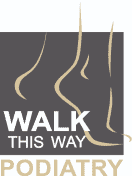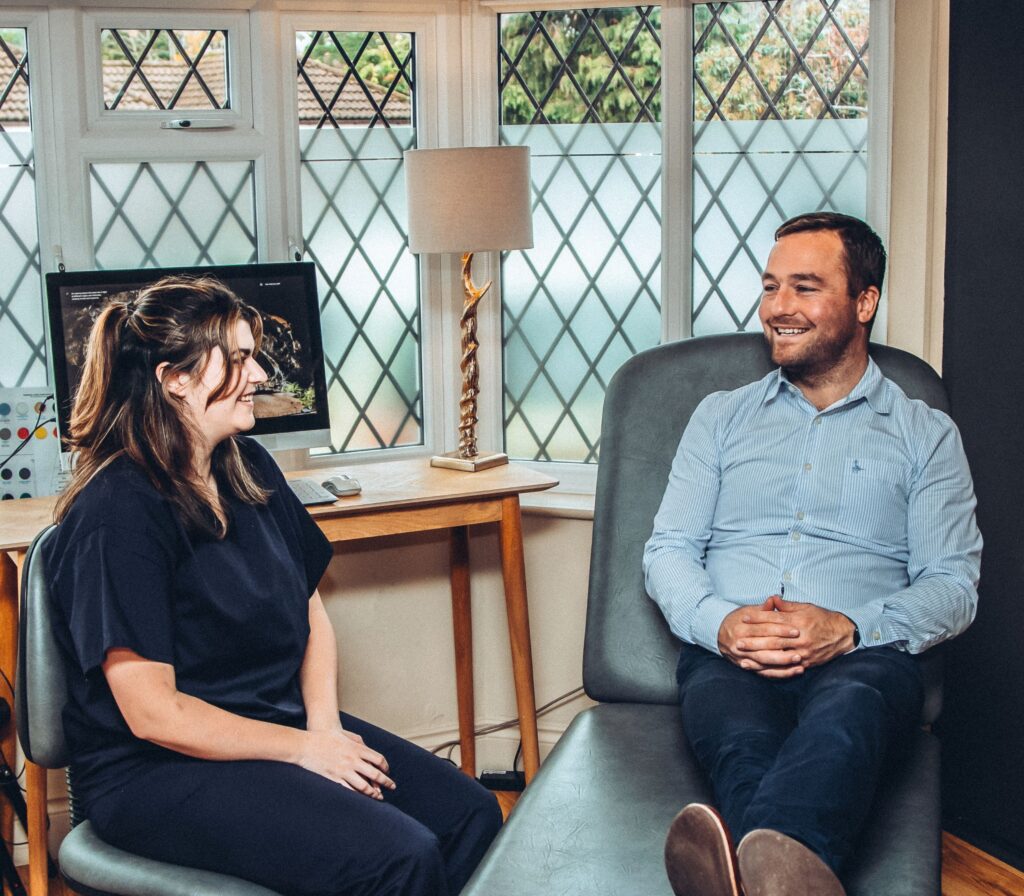For many men, foot health often goes unnoticed until pain or discomfort hits. Highlighting Men’s Health Month this November, we wanted to share the most common foot concerns we see day in day out and how we can help.
1. Athlete’s Foot (Tinea Pedis)
Signs & Symptoms
* Persistent itching, especially between the toes
* Red, scaly, or peeling skin on the soles of the feet
* Burning sensation in the affected areas
* In severe cases, blisters or sores that can crack open and cause pain
Recommended Treatment for Athlete’s Foot
Athlete’s Foot is often treated effectively with over-the-counter antifungal creams or powders. For more resistant cases, prescription-strength medication might be necessary
Prevention, however, is the best treatment – thoroughly drying your feet after showers, changing socks daily, and choosing breathable footwear can significantly reduce the risk of infection. If you’re frequently exposed to communal showers, consider using sandals and applying antifungal powder to keep the area dry.
2. Ingrown Toenails
An ingrown toenail occurs when the side or corner of the nail grows into the surrounding skin, causing pain, redness, and, in some cases, infection. If you have never had one then count yourself lucky! They can be excruciating. Men often experience this issue due to improperly trimmed nails, tight shoes, or even injury.
Signs & Symptoms
* Pain and tenderness along the edges of the nail
* Swelling and redness around the affected toe
* In more severe cases, signs of infection like pus or drainage
* Increased warmth in the area, feels hot to touch
Recommended Treatment for Ingrown Toenails
To manage ingrown toenails, we recommend to soak your feet in warm water with a tablespoon of salt to reduce swelling and soften the nail. Trimming your toenails straight across instead of rounding the edges can prevent ingrowth. If the nail is painful or infected, consult with a podiatrist for professional care, which might include removing part of the nail. Persistent or severe cases may benefit from minor surgery to prevent recurrence.
3. Plantar Fasciitis
Plantar fasciitis is a condition that involves inflammation of the plantar fascia, the thick band of tissue connecting the heel bone to the toes. This condition is common among men who are on their feet a lot or who have high-impact workouts. The pain from plantar fasciitis can be quite intense, particularly in the morning or after long periods of rest.
Signs & Symptoms
*Sharp heel pain, particularly upon taking the first few steps in the morning
*Tenderness at the base of the heel that may extend along the arch
*Pain that worsens with prolonged standing, walking, or high-impact activities
*Stiffness and limited movement in the heel area
Recommended Treatment for Plantar Fasciitis
Treatment for plantar fasciitis often begins with conservative methods, including rest, ice, and over-the-counter pain relievers. Stretching exercises, especially for the calves and arches, can help relieve tension on the fascia. Wearing supportive shoes and custom orthotics can alleviate strain on the heel and arch. If the pain persists, treatments like Acupuncture, Shockwave Therapy are highly effective in reducing inflammation and encouraging healing in the affected area.
4. Bunions
A bunion is a bony bump that forms on the joint at the base of the big toe, often due to genetic factors, arthritis, or wearing narrow, pointed shoes. Although anyone can develop a bunion, men who wear tight or ill-fitting shoes may be more susceptible. walking or standing
Signs & Symptoms
*A noticeable bump on the side of the foot at the base of the big toe
*Swelling, soreness, and redness around the joint
*Limited movement of the big toe
*Persistent pain, which can worsen with prolonged
Recommended Treatment
If you have a bunion, wearing comfortable, roomy shoes with a wide toe box can help relieve pressure on the joint. Using orthotic devices can also alleviate pain and prevent further progression. Gentle exercises can improve flexibility in the toe joint. For severe cases, surgery may be recommended to correct the deformity. Our podiatry team can assess the severity of your bunion and suggest the best course of action to relieve discomfort and improve mobility.
5. Fungal Toenails
Fungal toenails are a common issue, especially among men who wear closed shoes for long hours or engage in sports. Fungal infections can cause nails to thicken, discolour, and become brittle, leading to an unsightly appearance and sometimes discomfort.
Signs & Symptoms
*Nails that appear thick, yellow, brown, or discoloured
*Brittle or crumbly texture, making the nail easy to break
*Foul odour from the nail
*Pain or discomfort in more advanced cases
Recommended Treatment
Treating fungal toenails can be challenging, as the infection often lies deep within the nail bed. Over-the-counter antifungal treatments may work in mild cases, but more stubborn infections can benefit from professional treatment. At our clinic, we offer Lunula Laser Therapy, a cutting-edge laser treatment that targets fungal infections without pain or downtime. Preventative measures, such as keeping feet dry and avoiding tight shoes, can also reduce the likelihood of recurring infections.
Foot issues are common, but they don’t have to hold you back from living an active and comfortable life. By understanding the signs and symptoms, you can identify potential problems early and seek effective treatments. Walk This Way Podiatry provide expert care tailored to your unique foot health needs, from routine check-ups to advanced treatments like Biomechanics Assessment, Shockwave Therapy and Lunula Laser.
If you are believe to be living with any of the concerns mentioned, we recommend seeking professional help. Book an appointment today or give us a call to find out more on how we can help you. There is no need to feel embarrassed or shy, our friendly team are here to support you.








